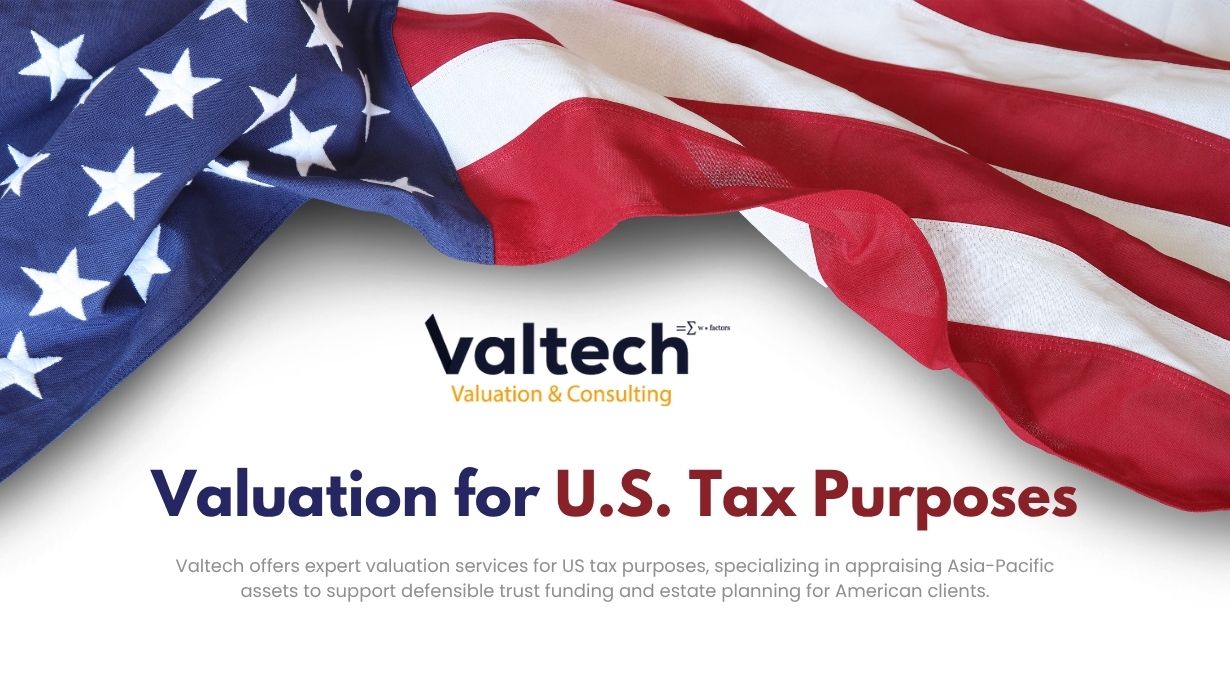Tourism attractions refer to physical or cultural destinations that draw visitors for recreational, educational, or entertainment purposes. These can include museums, theme parks, historical sites, natural landmarks, and other places of interest.
Key Matters in Valuation
Valuing a tourism attraction involves assessing its physical assets, visitor numbers, revenue streams (e.g., ticket sales, concessions), and the potential for future growth. Understanding visitor demographics and market trends is crucial to determining the attraction’s value.
Why is Business Valuation Relevant?
Valuing a business in the Tourism Attractions industry, which includes museums, theme parks, historical sites, natural landmarks, and other places of interest, involves specific considerations due to the nature of this sector. Here are some key business needs and considerations when performing a business valuation in the Tourism Attractions industry:
Visitor Numbers and Demographics:
Assess historical and current visitor numbers, both domestic and international.
Analyze visitor demographics, including age groups, geographic origins, and travel preferences.
Revenue Streams:
Evaluate the various revenue streams, such as ticket sales, concessions, merchandise sales, guided tours, and special events.
Consider seasonality and trends in revenue generation.
Attraction Assets and Infrastructure:
Assess the physical assets of the attraction, including buildings, exhibits, rides, and landscaping.
Consider the condition and maintenance needs of these assets.
Operational Efficiency:
Evaluate the efficiency of attraction operations, including staff management, guest services, and facilities maintenance.
Identify opportunities for cost savings and operational improvements.
Marketing and Promotion:
Analyze marketing and promotional efforts, including advertising campaigns, partnerships with travel agencies, and online marketing strategies.
Assess the effectiveness of customer acquisition and retention strategies.
Competitive Landscape and Market Position:
Assess the competitive landscape in the local and regional tourism market.
Evaluate the attraction’s market positioning, brand recognition, and strategies for differentiation.
Regulatory Compliance:
Ensure compliance with industry-specific regulations, safety standards, and accessibility requirements.
Assess any legal or regulatory risks that may impact the valuation.
Expansion and Development Opportunities:
Identify potential opportunities for expanding the attraction, adding new exhibits or attractions, or entering new markets.
Evaluate the feasibility and potential return on investment for expansion projects.
Visitor Experience and Guest Satisfaction:
Measure visitor satisfaction through surveys and feedback mechanisms.
Consider the impact of positive visitor experiences on repeat visitation and word-of-mouth marketing.
Discount Rate and Risk Assessment:
Calculate an appropriate discount rate for the valuation, taking into account industry-specific risks, such as seasonality and competition.
Perform a risk assessment, considering factors like changes in travel patterns and economic conditions.
Sensitivity to Economic Conditions:
Evaluate the attraction’s sensitivity to economic conditions, including economic downturns, currency fluctuations, and changes in consumer travel spending.
Special Events and Partnerships:
Assess the impact of special events, collaborations with local businesses, and partnerships with other attractions or cultural organizations.
Consider the potential for additional revenue and increased foot traffic.
Historical Significance and Cultural Value:
If the attraction has historical or cultural significance, consider its role in preserving heritage and promoting tourism.
Evaluate any funding or grants related to cultural preservation.
Future Growth and Market Trends:
Identify emerging market trends in tourism, such as experiential tourism, sustainable practices, and digital enhancements.
Assess the attraction’s adaptability to changing visitor expectations.
Valuing a business in the Tourism Attractions industry requires expertise in the attractions and tourism sector, an understanding of visitor behavior and market trends, and knowledge of regulatory requirements and safety standards. Engaging experienced valuation professionals with knowledge of the industry’s complexities is essential to ensure an accurate assessment of the attraction’s value. Additionally, staying informed about tourism industry developments and technological advancements is crucial for making informed valuation decisions in this competitive and dynamic field.





